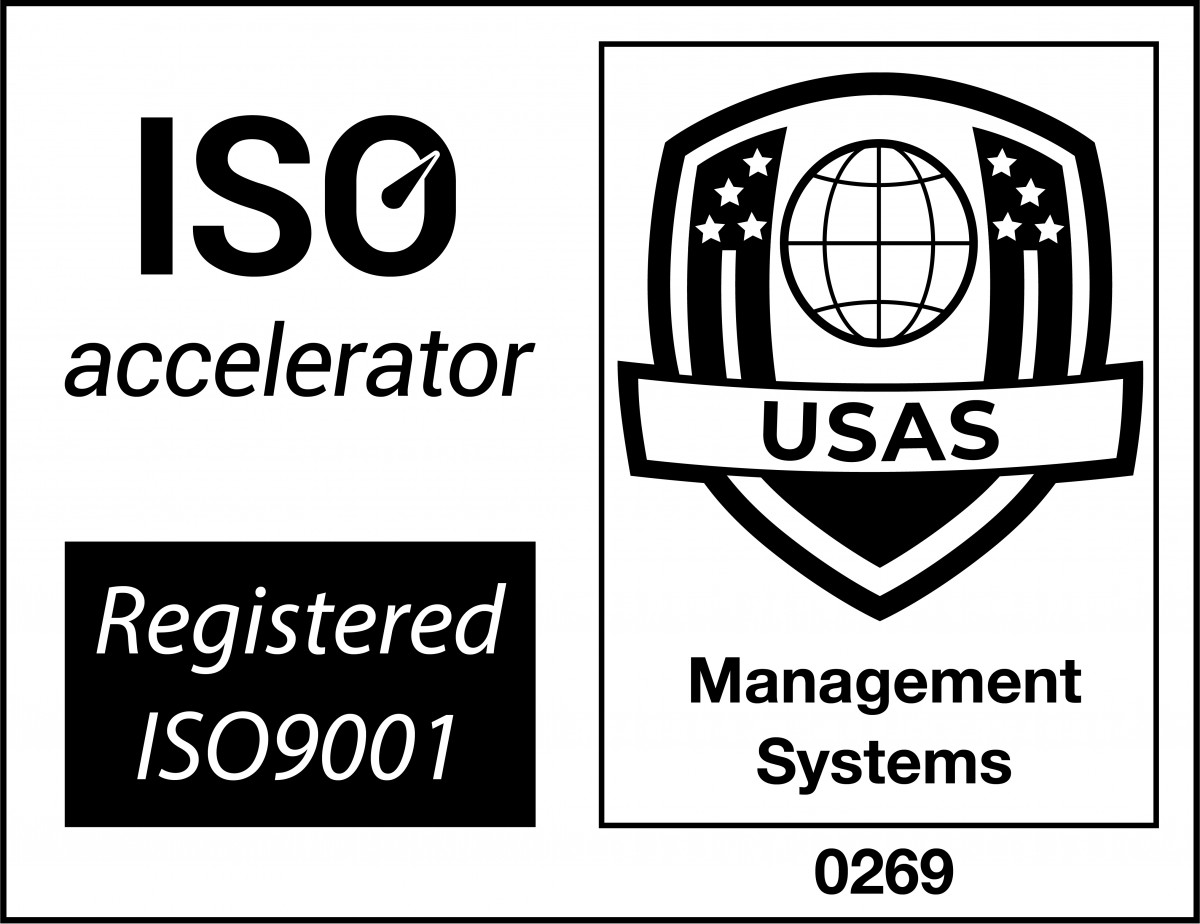So you’re looking at investing in hardware, software or a bit of both for your business – and you’re probably wondering how long it’ll be before something new and improved replaces it?
Well, chances are, it’s already past its sell-by date. And here’s why…
We all know that the rate of new technologies to market is almost hitting critical mass, and that ‘future-proofing’ your business with the latest, multi-functional, intelligent technology investment is the only way forward.
However, only part of this is true – the word ‘intelligent’.
Be it hardware or software, you need a platform which can adapt to future technology innovations. While AI developments are on the up and we may soon be living amongst robot counterparts, for now we have technologies with static intelligence which use algorithms and complex programming to react and adapt. The smartphone in your pocket is a perfect example of this.
Updated versions and compatibilities are released now and again when a new technology or system is brought to market. As smartphones are an adaptive platform, the development of technology to work in-conjunction with them is relatively continuous. Only when a game-changing technology is developed is there a need to bring a totally new (albeit usually very similar) model to market.
So, who’s developing these game-changing technologies and when will they affect the technology I buy today?
Good question. Apple, Google, Microsoft and Samsung are four of the world’s largest technology organisations – all of which produce smartphones. They’re leading the way in mobile technology and innovation. But we all know that.
What some of us don’t know is that these four regularly buy out smaller and independent technology developers who are working with new innovative concepts. Once they’ve done this, they have full control over the technology concepts and the rates at which they’re released to the market – this typically lines up with their own plans for regulating and monetising new product releases or upgrades. Market saturation at its finest.
While technology futurists may be able to predict the longer-term outlay of technology, it’s the companies we currently go to for our consumable technology who dictate the ‘technology of tomorrow’.
This is exactly the same with the commercial market and the large technology organisations prevalent in this sector – IBM, Cisco, Intel and Oracle are some of the main offenders.
These market-leading technology organisations claim to lead the way with innovative technology that usually makes everything before it redundant. Funny, that; especially seeing as every year or so a new product is released which “revolutionises the way we work / learn / communicate / live”. Hop on board the bandwagon, guys, and spend your money here!
The lust for the latest technology will always drive the commercial market, as it does the consumer market, but the risks involved are far, far greater.
Where a consumer may be investing a couple of hundred in a new gadget with a lifespan of 1-2 years before it’s no longer current nor cross-compatible, commercial enterprises can spend hundreds of thousands, millions even, on new technology with the same lifespan.
How do we stop the risk of our technology investments being wasted?
Back to one of my original points regarding intelligence. System intelligence is the first and foremost thing you need to consider when making a long-term technology investment.
If your technology doesn’t have the capacity to react and adapt, you’ll end up outlaying more investments in solutions with the compatibility and functionality required to operate it.
Take the Apple Watch, for example…
Wearable technology could revolutionise the way we monitor remote healthcare patients – tracking their movements, their vitals and capturing other useful data. Now, what happens when 150 Apple Watches are purchased at £600 a pop, and 6-12 months down the line your internal systems require an upgrade or Apple bring out a new model that does a much better job of monitoring patients? Compatibility, training, infrastructure and software issues galore. Unless you’re able to adapt with little or zero overhead, that’s potentially £100,000+ worth of investment into new hardware and software development down the drain.
There’s always the uncertainty of laws and regulations or unpredictable measures (Pakistan banning Facebook, is one example), but we can always do our best to ensure compliance and privacy is paramount amongst our technologies.
Now, let’s get down to brass tacks. It’s obvious that you need to be investing in technology to drive innovation and improvements for your business. It’s also obvious that you may only get a short number of years’ worth of use out of said technology. If your calculations [investment x lifespan] don’t provide an attainable nor worthy ROI, there’s no point taking the new technology on board.
Making the decision to invest in technology is an arduous task. The numbers may add up, but there’s always the looming danger of new technologies, regulations or circumstances which may affect your investment at some point in the near future.
Sticking to the ‘off the shelf’ solutions can be the riskiest method, as they’re more liable to be replaced by an improved model which takes new version compatibilities with it, leaving you with redundant technology that doesn’t work with future hardware or software releases.
Working with people who know the trials and tribulations of investing in new technologies, as well as trending and future technology markets, is a no-brainer.
At LamasaTech, we pride ourselves on providing an unparalleled consultative approach, which is all-encompassing across technologies and not opinionated based on favoured solutions. We’re a team of down-to-earth, straight-talking individuals, and we understand what’s important for you and your business.
I hope this article has helped you in your decision to [not] jump into a technology investment – no matter how large or small it may be.
I always recommend you consult an industry expert prior to moving forwards with your plans. Trust me; I’ve seen too many horror stories of misplaced and misguided technology investments which have resulted in revenue, productivity and even job loss.
Fortunately, I’ve never been involved in a case of negative investment, but I have had to pick up the proverbial pieces in the aftermath. It’s not a pretty sight. Please, don’t let it happen to you.
Would you like to chat about bespoke intelligent software for your business? Click to contact us, we’re here to help.





